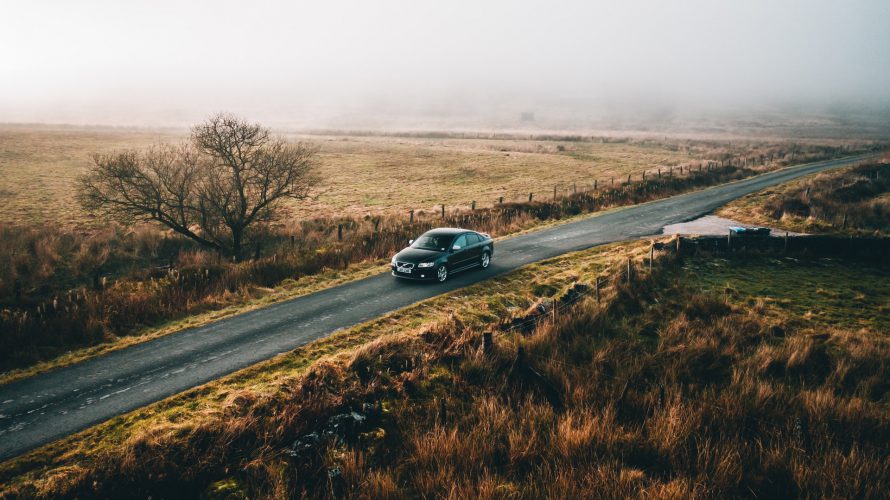Greener driving: How to keep your footprint low as lockdown ends

This website uses cookies to ensure you get the best experience on our website. cookie information

One silver lining of the extended COVID-19 lockdown has been the huge reduction in CO2 emissions, as more people have been forced to work from home and avoid non-essential travel.
Mark Barclay from GSF Car Parts shares some tips for keeping your carbon footprint low by adopting greener driving practices.
While the ongoing pandemic has proven to be a major negative for nearly everyone, one of the most positive moments came from the news that carbon emissions had fallen dramatically — reducing up to 75% in some European cities at the height of lockdown in 2020 (University of Reading).
When we all had to work from home, we got a glimpse at what the country could be like with a lower CO2e output. With the easing of lockdown restrictions set to come into play over the next few months, we’re likely to see pollution return to somewhat normal levels as more people begin to use their cars on a daily basis. But the question is, do we have to?
If, like many people, you want to see reduced CO2e levels continue, then it’s really worth taking some time to evaluate ways you can reduce your carbon footprint if you have to drive.
As part of lockdown living, many people have turned to the likes of walking and cycling as a solution for their short length journeys, and this is likely to continue into the future. 95% of those who cycled more and 94% of those who walked more said they would continue these habits after the pandemic, according to a study by the Department of Transport.
So, if you need to pick up a couple of things at the shop, need to drop something off at a friend’s house, or go on another journey that is only a mile or two, then consider taking a stroll or a gentle bike ride instead. Not only will this help to reduce your carbon footprint by avoiding non-essential car journeys, but you will also be fitter and happier, as both are fantastic sources of exercise.
When you do need to make a car journey, aim to drive in the most eco-friendly manner possible to ensure you’re keeping emissions low. This may mean making small adjustments to how you drive, but it’s really worth it in the long run, and you may even find you become more fuel efficient as well.
Try to drive in a steady and measured manner, avoiding sudden braking where possible, keeping the car’s revs low, and choosing the appropriate gear. Gear changing is particularly important: switch to the highest one possible for your speed to ensure your engine doesn’t need to work as hard. Listen out for sounds of the car struggling and always be ready to move up.
One of the big challenges in keeping emissions low in the UK has been reducing the number of single-occupancy journeys, which have made up 60% of all car trips for the best part of the past decade (Statista). These journeys, where only the driver is present in the car, are extremely inefficient, so it makes sense to try to find alternatives where possible.
With this in mind, it’s a good idea to plan ahead with those in your household to see if you can work out a more efficient way of travelling together in the car using one journey. For instance, if you and someone else has errands to run — is there any way of consolidating them into one trip together? If you are willing to think in advance, there’s usually a better way of organising things than having everyone get into separate vehicles on their own.
While COVID-19 still poses a risk, ride sharing with those outside of your household is under review, though this is possible if it is essential travel for work — check out Liftshare’s blog post breaking down the Government’s advice and providing safety tips.
Did you know that having under- or overinflated tyres can impact your fuel economy and make your car less efficient? Typically, car tyres lose around 1 psi (or 0.076 bars) of pressure each month under regular usage, and a 20% under-inflated tyre will deliver 20% less mileage (Michelin).
Your vehicle has an optimum pressure range that means it can operate at maximum efficiency, ensuring you’re not burning excess fuel that can be costly to both your wallet and the environment. Therefore, you should regularly check your tyre pressure against the recommendations in your car handbook to make sure they’re good to go.
There are a number of things you can do to keep your driving as green as possible in the months ahead. And, if enough people stick to an eco-friendly approach, there’s no reason we can’t achieve low CO2e levels going forward.
Author ErinH
on
Car share for less with Liftshare, the UK’s biggest sharing economy site!
Join now!